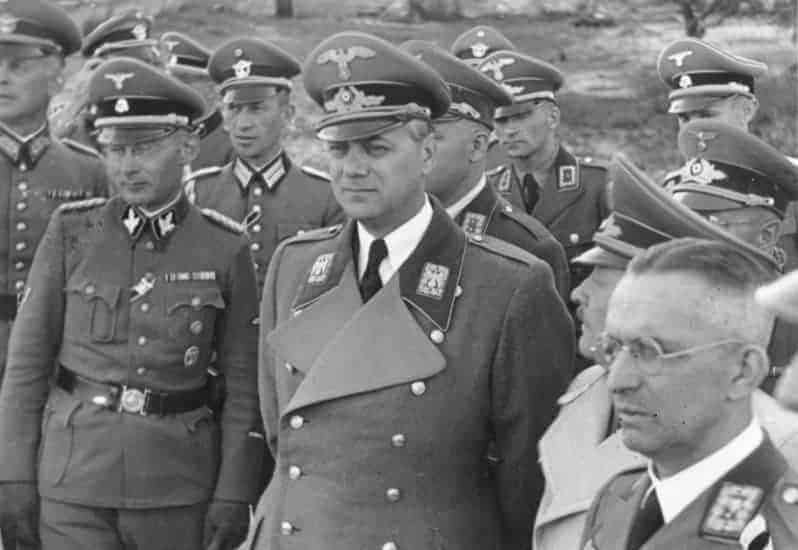A surprisingly large number of Nazis, including relatively high-ranking officials, escaped prosecution or justice at the end of World War II. Some of these men were later tried; however, many lived out their lives in a way that they denied to so many. These are the stories of their escapes, and when justice was served, their captures and trials. Many of these escapes relied upon the so-called ratlines, or escape routes supported by the Catholic Church following the war.

Adolf Eichmann
The story of Adolf Eichmann’s escape and later arrest, conviction and execution is probably the most well-known of the Nazi escapes. During his career with the Nazi party, Eichmann was responsible for the mass deportations of Jews to ghettos and later to extermination camps. He took an active part in planning the so-called “Final Solution” or extermination of European Jews. Adolf Eichmann may have never operated a gas chamber or shot masses of Jews as part of the Einsatzgruppen, but he bore clear responsibility in their deaths.
Adolf Eichmann began his adult life as a totally unremarkable individual; he did not complete his education and worked as a day laborer when he joined the Austrian Nazi Party and SS in 1932, with the support of Ernst Kaltenbrunner, who would later be his superior officer. Through the 1930s, he worked in Nazi administrative offices, particularly those concerned with encouraging Jewish immigration to Palestine, even visiting Palestine himself in 1937. This work prepared him for his future with the Nazi party. Eichmann’s role became more important following the annexation or Anschluss of Austria in 1938.
With the start of World War II came the first of the deportations, and the founding of the RSHA or the Reich Main Security Office. By March 1941, Eichmann was the head of RSHA IV B4; the division of Jewish Affairs. It was in this role that Eichmann would organize the mass deportations that took Jews from across Europe to their deaths in the ghettos and extermination camps of Poland.
By the end of World War II, Adolf Eichmann was in U.S. custody; he escaped U.S. forces in 1946. Using the ratlines established by the Catholic Church, Eichmann fled and was able to reach Argentina. He lived in Argentina as a free man until 1960. In 1960, a group of trained operatives of Israel’s Mossad flew to Argentina, captured Eichmann, and returned him to Israel for trial. He was tried, convicted and sentenced to death. Eichmann was the only civil execution in Israel’s history; the death penalty is only applicable in Israel for war crimes, crimes against humanity, crimes against the Jewish people, and treason.

